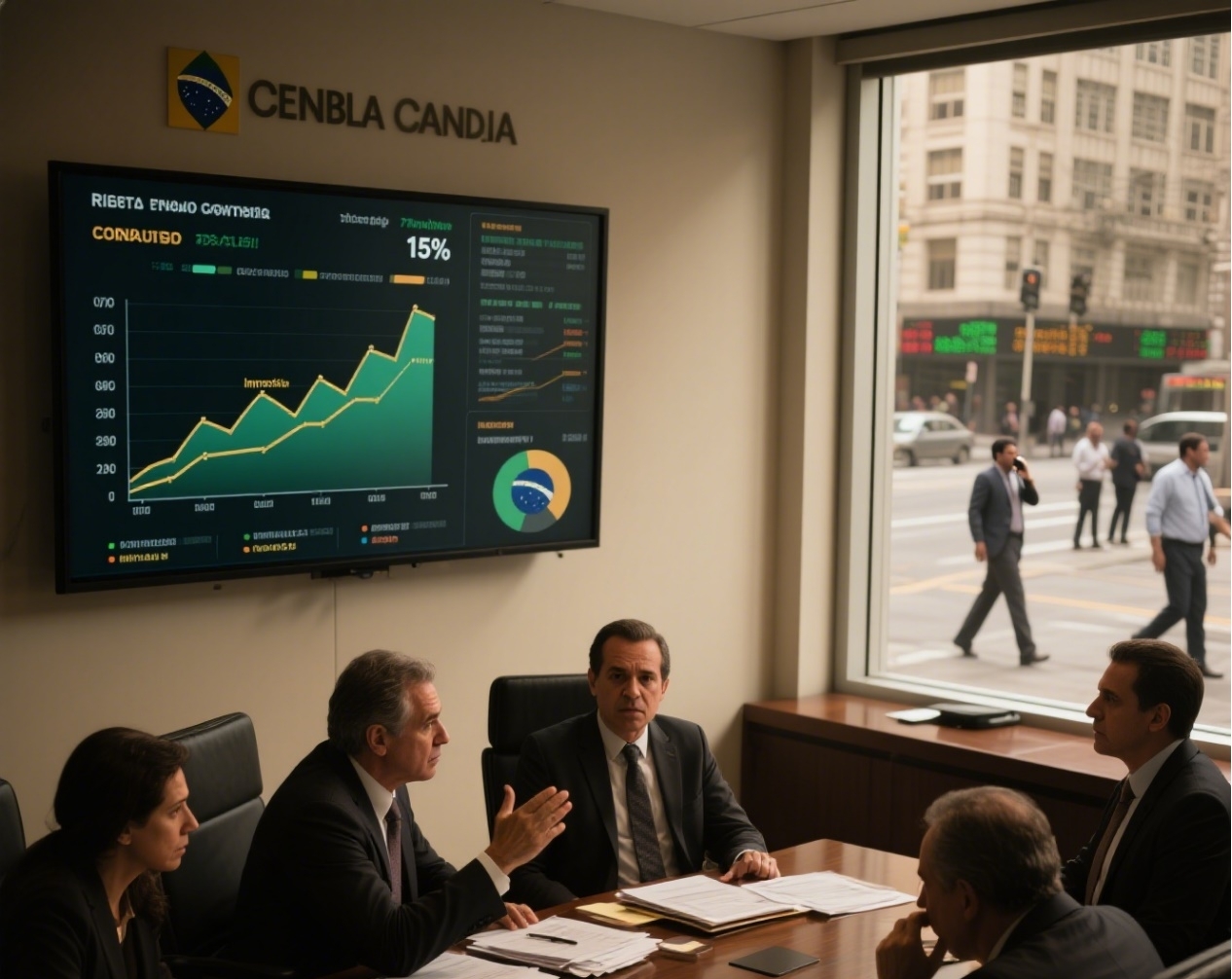
Recently, the Monetary Policy Committee of the Central Bank of Brazil announced an increase in the benchmark interest rate from 14.75% to 15%. This is the seventh consecutive interest rate hike in the country since September 2024, with a cumulative increase of 450 basis points. This interest rate hike not only pushes the benchmark interest rate to its highest level since 2006, but also reflects the difficult balance of the Brazilian economy between inflationary pressures, external risks, and growth difficulties.
The core logic of this interest rate hike is still to control inflation. As of May 2025, Brazil's General Consumer Price Index (IPCA) has risen by 5.32% over the past 12 months, far exceeding the central bank's inflation tolerance limit of 4.5%. Although the inflation growth rate has declined from its peak in February, core and base inflation indicators are still above the target level of 3%, and inflation expectations have not been fully anchored. Food price inflation is currently the focus of policy regulation. At the beginning of 2025, the improvement of climate conditions promoted a 12.2% month on month increase in agricultural output, but the low base effect caused by previous climate disasters still pushed up the overall price level. In addition, the depreciation pressure of the real has intensified the risk of imported inflation. The shift in monetary policy by the Federal Reserve and fluctuations in the US dollar exchange rate have led to capital outflows, further driving up import costs.
Since the resumption of the interest rate hike cycle in September 2024, the Brazilian central bank has cumulatively raised interest rates by 450 basis points, with the benchmark interest rate rising from 10.75% to 15%. This tightening force is rare in Latin America and even among emerging economies worldwide. However, the effectiveness of the policy remains controversial. On the one hand, interest rate hikes have significantly suppressed credit demand. In the first quarter of 2025, Brazil's household debt ratio climbed to a historic high, and the loan default rate increased from 27.8% to 28.6%, indicating the squeezing effect of high interest rates on the consumer side. On the other hand, inflation stickiness persists. Although the central bank predicts that the inflation rate will gradually fall back to the 3% target range before 2028, the market generally believes that the possibility of the benchmark interest rate returning to single digits during the Lula government's term is extremely low.
The policy choices of the Brazilian central bank are deeply influenced by the global shift in monetary policy. The Fed's interest rate hike cycle has led to a return of the US dollar and intensified pressure on emerging market capital outflows. As one of the currencies most affected by fluctuations in the US dollar globally, Brazil's real exchange rate fluctuations directly impact domestic inflation. In March 2025, the Brazilian central bank raised interest rates by 100 basis points at once to 14.25%, reaching a new high since 2016, partly in response to the spillover effects of the Federal Reserve's policy shift. In addition, global trade uncertainty further compresses policy space. The United States has imposed a 25% tariff on Brazilian steel and aluminum products, leading to a dual pressure of shrinking international market demand and tightening domestic financing environment.
The negative impact of interest rate hikes on the Brazilian economy has gradually become apparent. In the first quarter of 2025, Brazil's GDP increased by 1.4% month on month and 2.9% year-on-year, but industrial output decreased by 0.1% month on month, indicating the inhibitory effect of high interest rates on investment. The Organization for Economic Cooperation and Development (OECD) has lowered its forecast for Brazil's economic growth rate in 2025 from 2.3% to 2.1%, and its expected growth rate in 2026 has been reduced from 1.9% to 1.4%. At the same time, the Brazilian central bank has lowered its economic growth forecast for 2025 to 1.9%, while inflation expectations remain at a high level of 5.1%. This' stagflation 'risk forces the central bank to be more cautious in policy choices. Although some market views suggest that the current interest rate hike cycle is nearing its end, the central bank has made it clear that if inflation expectations do not significantly improve, further adjustments to monetary policy may still be necessary.
The Brazilian central bank released a subtle signal in its interest rate hike statement. On the one hand, the central bank emphasizes that it will evaluate the cumulative policy effects and suggests that interest rate hikes may be temporarily suspended in the short term; On the other hand, its inflation forecast shows that the inflation rate in 2025 will still be higher than the target upper limit, indicating that the tightening cycle has not yet ended. The market's expectation differentiation towards policy shifts has intensified. Some analysts believe that the benchmark interest rate will remain at the 15% level for a period of time; The other part predicts that if inflationary pressures persist, interest rates may further rise to 15.25%. In any case, the policy choices of the Brazilian central bank will continue to seek a balance between inflation control and economic growth.
The seven consecutive interest rate hikes by the Brazilian central bank are not only a last resort to address inflation, but also an inevitable choice in the global policy cycle shift. Against the backdrop of increasing external risks and weak internal growth, whether the Brazilian economy can achieve a "soft landing" still depends on policymakers' multidimensional balancing of inflation, exchange rates, and growth.

Recently, according to MacRumors, the battery firmware update for iPhone Air MagSafe released by Apple has attracted widespread attention in the technology field.
Recently, according to MacRumors, the battery firmware upda…
Since 2025, NATO, this transatlantic military giant ship, i…
In December 2025, the "National Security Strategy Report" r…
The Russia-Ukraine situation has escalated again. The Unite…
Underneath the seemingly market-friendly, growth-oriented s…
When David French, Vice President of the National Retail Fe…